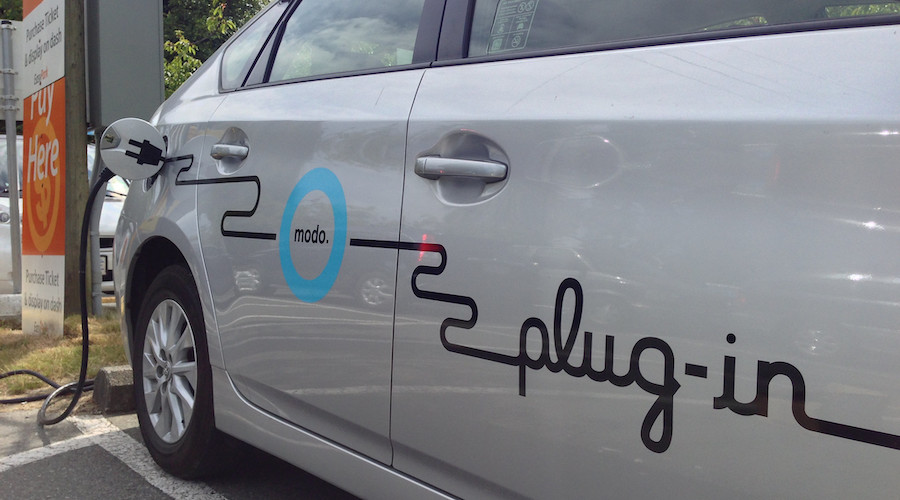Mining
Friday, September 9th, 2022 5:05 am EDT

Polymeric solid electrolytes, on the other hand, are considered safer than their EC counterparts. Substances such as polyethylene glycol (PEG) have been proposed as impact-resistant Li-ion electrolytes. Yet, PEG-based polymer electrolytes crystallize near room temperature, resulting in a significant drop in Li-ion conductivity to around 10-6 S/cm at room temperature.
To solve this problem, the Tohoku group invented a new type of polymeric solid electrolyte by combining a porous polymer membrane with several micron pores and a photo-cross-linkable polyethylene glycol PEG-based polymer electrolyte.
The polymeric solid electrolyte realized a wide potential window (4.7 V), a high Li-ion conductivity in the 10-4 S/cm class, which is equivalent to a liquid and sufficient for practical use, and a high Li-ion transference number (0.39).
Li-ions transferring in the electrolyte move in various directions due to natural diffusion. The distance is several µm to 10 µm and does not always move linearly between electrodes, which is one of the reasons for the decrease in ionic conductivity. But the new study showed that the performance of photo-cross-linked PEG-based solid polymer electrolytes was improved by compositing them with micron-sized porous membranes.
According to the researchers, the polymeric solid electrolyte not only showed high performance but is also expected to be effective in deterring the formation of lithium dendrites, which can lead to short circuits.
This post has been syndicated from a third-party source. View the original article here.




